Today a meeting was held on a new Network for innovation in aquaculture in the Arctic and the Arctic (e. Aquaculture Innovation Network for the Northern Periphery and Arctic (AINNPA)), which aims to improve innovation support for distant aquaculture enterprises, especially small and medium-sized enterprises, enabling them to focus on meeting the demand for product and service development.
With the support of the Arctic Program, the AINNPA project brings together experts from the Faroe Islands, Iceland, Ireland, Norway and Scotland. The project is led by the Scottish Aquaculture Innovation Center (SAIC), which is hosted by Stiling University.
According to Heather Jones, Director of the Scottish Aquaculture Innovation Center: "Small and medium-sized enterprises (SMEs) play a key role in the sustainable growth of aquaculture, whether in Scotland or elsewhere in the Arctic. On the other hand, for those who run companies in distant places, it is difficult to obtain support and services in the field of innovation. AINNPA addresses these challenges and opportunities facing LMF by sharing guidelines on best practices across the region and by developing new products and services through an integrated support network.
Today's meeting marks the beginning of a six-month preparatory process for mapping current innovation support in the field of aquaculture in the Arctic; by analyzing existing and opportunities on the horizon for LMF, and building co-operation networks around the areas participating in the co-operation.
"We know what we want to achieve with international co-operation - namely, offering small and medium-sized enterprises a stronger support network than they would otherwise have access to, so that they can develop, through innovation, solutions to the challenges facing aquaculture. Now we start the process of agreeing on how we will achieve the desired results. ”Explains Robin Shields Aquaculture Innovation Director and AINNPA Representative at the Scottish Aquaculture Innovation Center.
As part of this initial work, the partners seek to communicate with and nominate related participants. "For this initiative to be successful in the long run, the insight of stakeholders is important from the outset," adds Robin. "Examples include regional developers, aquaculture companies' associations and other units that may be helpful in identifying the needs of innovation needs and that, in the end, will be one of the main factors influencing the inclusion and exploitation of AINNPA across the participating areas.
Interested parties associated with aquaculture associations and companies interested in joining AINNPA can contact Jón Árnason or Robin Shields

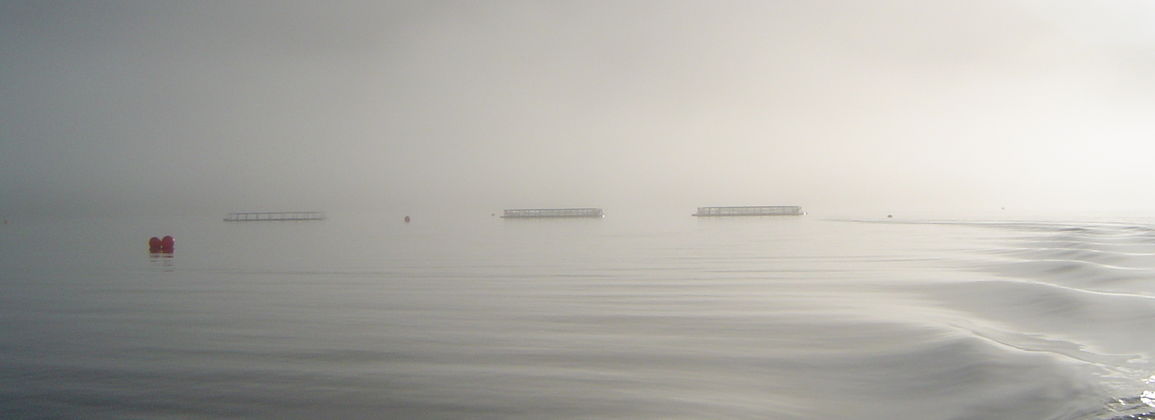


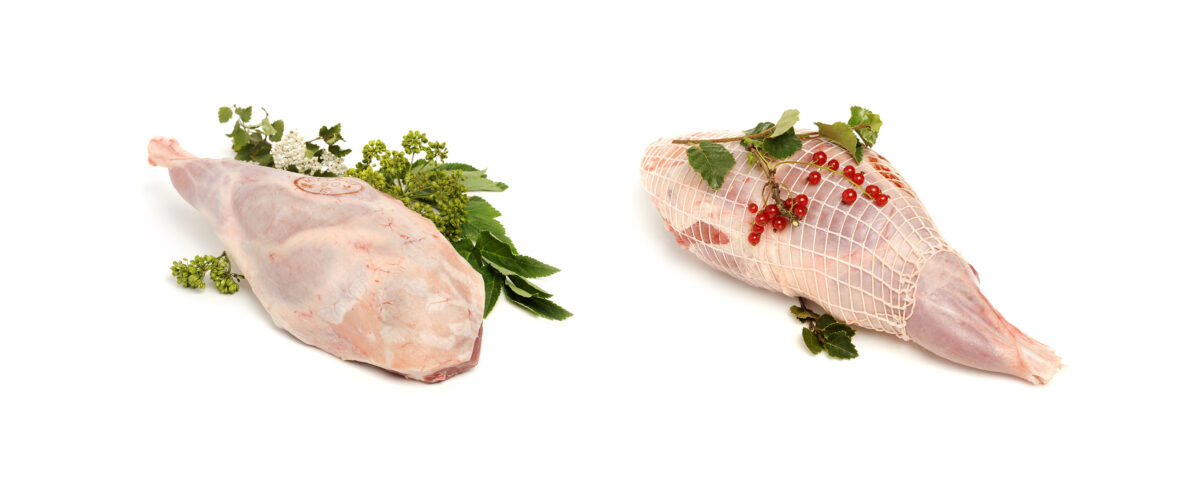

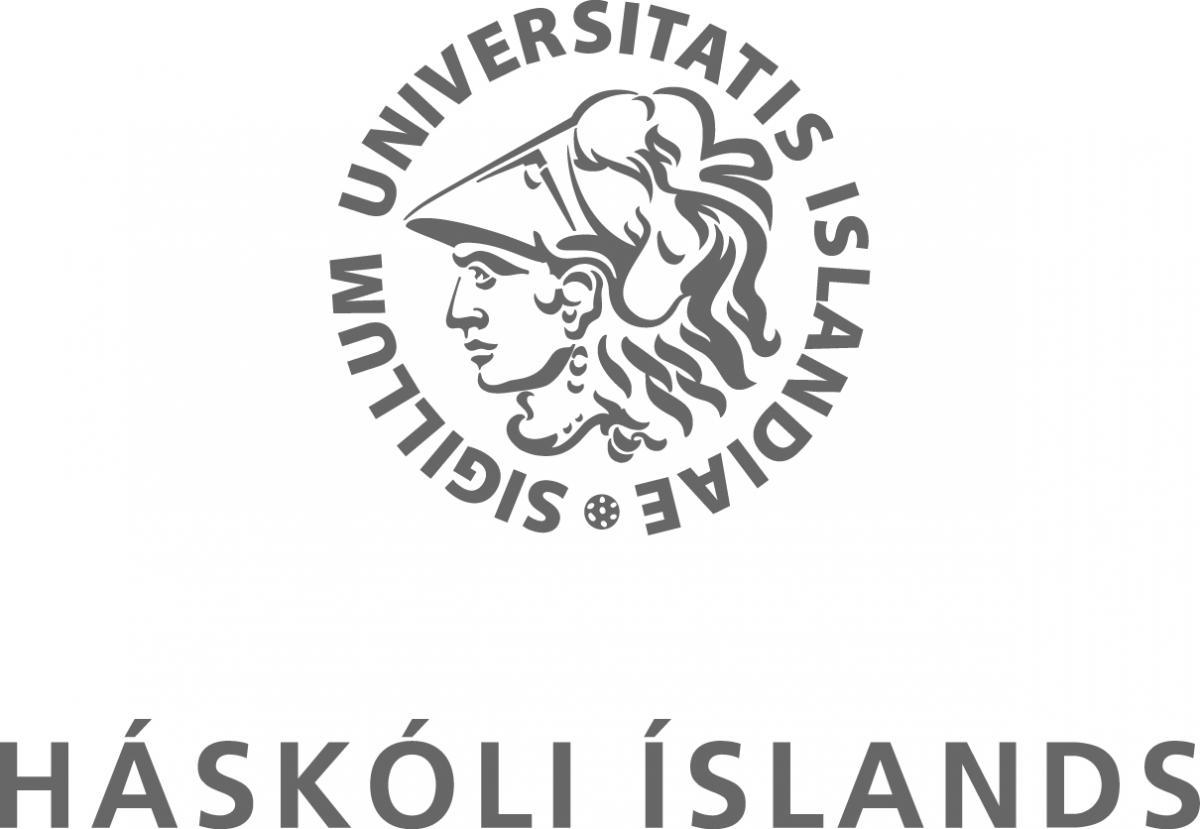
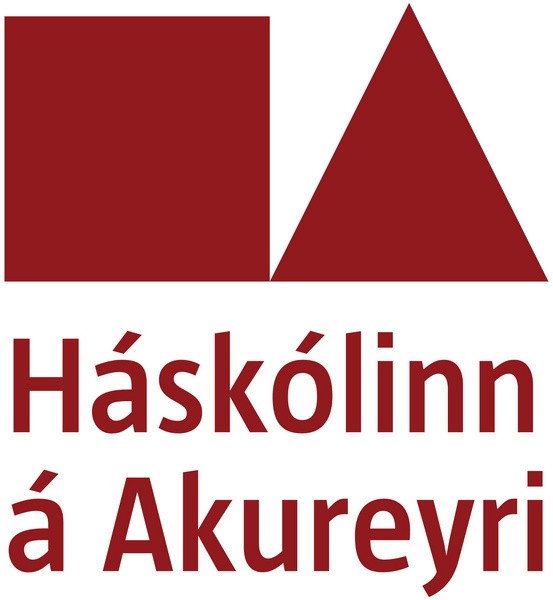



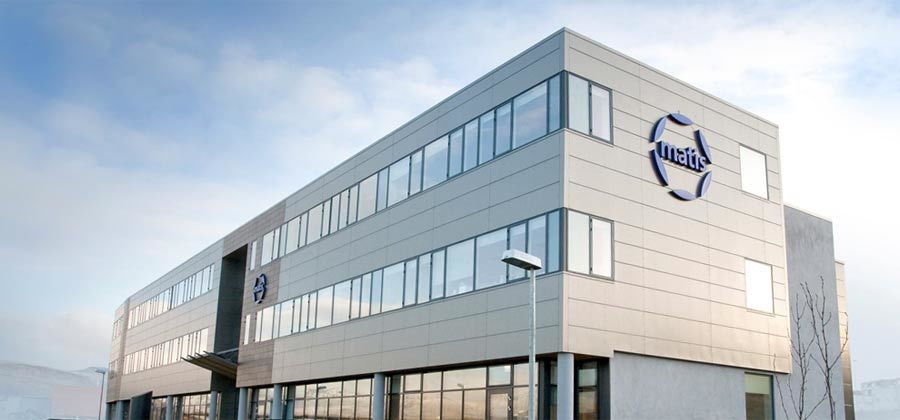






 From a meeting in the project "Hydrolyzed collagen from by-products of fish processing" in Norway in October 2016. Peter Kamp Busk DTU, Hemanshu Mundhada Biosustain, Margrét Geirsdóttir Matís, Alex Toftgård Nielsen Biosustain, Davíð Tómas Davíðsson Codland, Lene Lange DTU and Jan Arne Vevatne Biomega.
From a meeting in the project "Hydrolyzed collagen from by-products of fish processing" in Norway in October 2016. Peter Kamp Busk DTU, Hemanshu Mundhada Biosustain, Margrét Geirsdóttir Matís, Alex Toftgård Nielsen Biosustain, Davíð Tómas Davíðsson Codland, Lene Lange DTU and Jan Arne Vevatne Biomega. Tómas Þór Eiríksson, CEO of Codland, and Oddur Már Gunnarsson Matís sign a co-operation agreement between the companies.
Tómas Þór Eiríksson, CEO of Codland, and Oddur Már Gunnarsson Matís sign a co-operation agreement between the companies.
 Ingredients - Cod meat
Ingredients - Cod meat Red gelatin
Red gelatin Red collagen peptide - is there bioactive activity?
Red collagen peptide - is there bioactive activity?